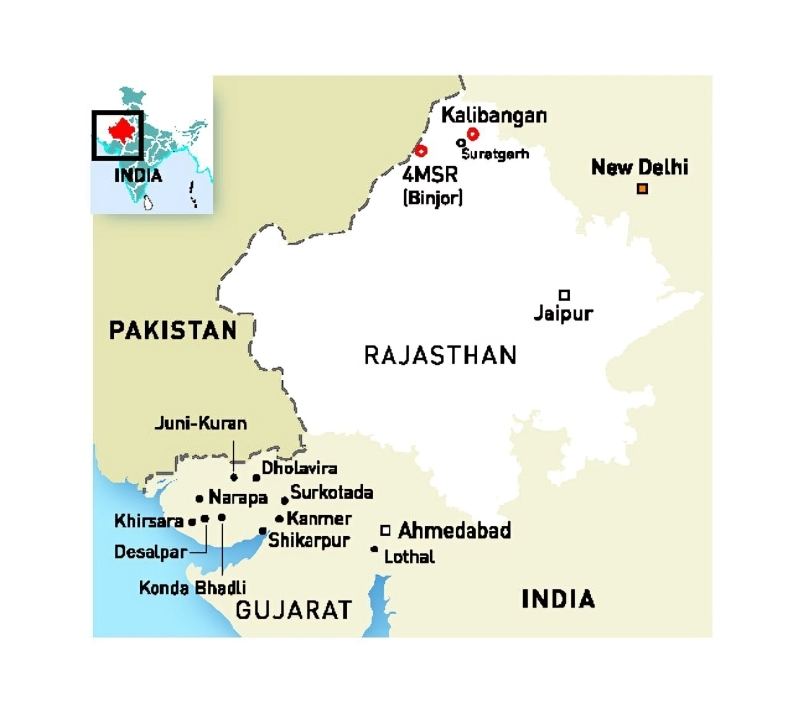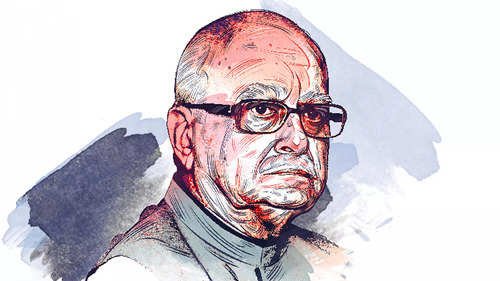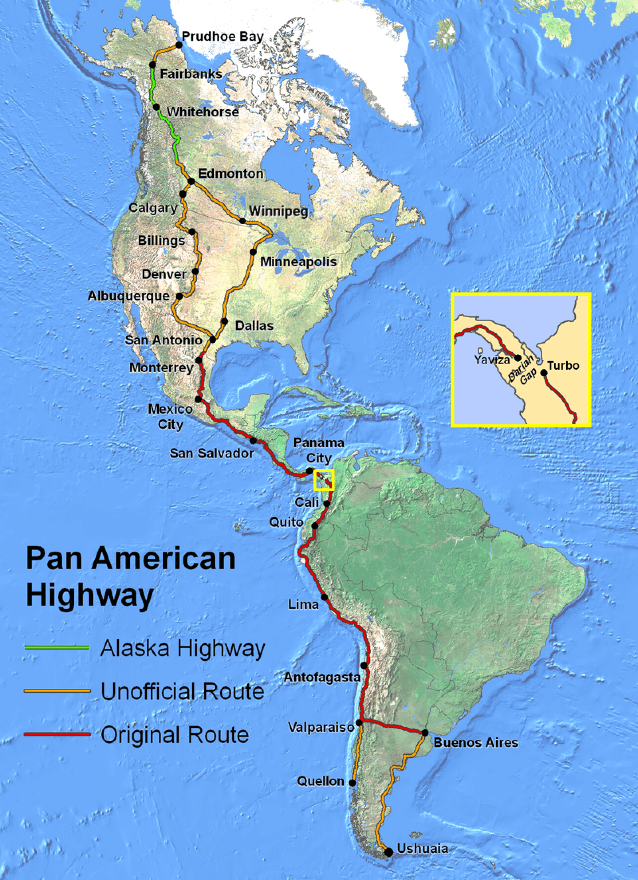
Paradox of Thrift
Subscribe to Never Miss an Important Update! Assured Discounts on New Products!
Must Join PMF IAS Telegram Channel & PMF IAS History Telegram Channel
- Context (TH): The paradox of savings, or paradox of thrift, suggests that increasing individual savings can lead to a decrease in overall savings in an economy.
- This concept is part of the under-consumption theories of the business cycle, which link economic downturns to low consumption and high savings.
The paradox of thrift theory
- It was introduced by economist John Maynard Keynes in his book “The General Theory of Employment, Interest, and Money” in 1936.
- According to Keynesian economists, insufficient consumer spending can lead to losses for capitalists and discourage further investment.
- Conversely, they believe increased consumer demand encourages saving and investment.
- So, they suggest government intervention, such as increasing spending, to stimulate consumer spending during economic downturns.
Criticism of the paradox of thrift
- Firstly, when consumer spending falls, savings and investment rise because the money not spent is saved and eventually invested. Increased savings lead to higher capitalist demand for factors of production. Thus, lower consumer demand for goods is balanced by increased demand for production factors.
- Secondly, reduced consumer spending doesn’t necessarily mean reduced investment.
- Capitalists in a free economy adjust higher savings to meet consumer preferences. They invest in longer-term projects previously deemed unfeasible due to consumers’ preference for immediate consumption.
- Investment in longer-term projects enhances economic output, as evident in advanced economies.







![PMF IAS Environment for UPSC 2022-23 [paperback] PMF IAS [Nov 30, 2021]…](https://pmfias.b-cdn.net/wp-content/uploads/2024/04/pmfiasenvironmentforupsc2022-23paperbackpmfiasnov302021.jpg)











